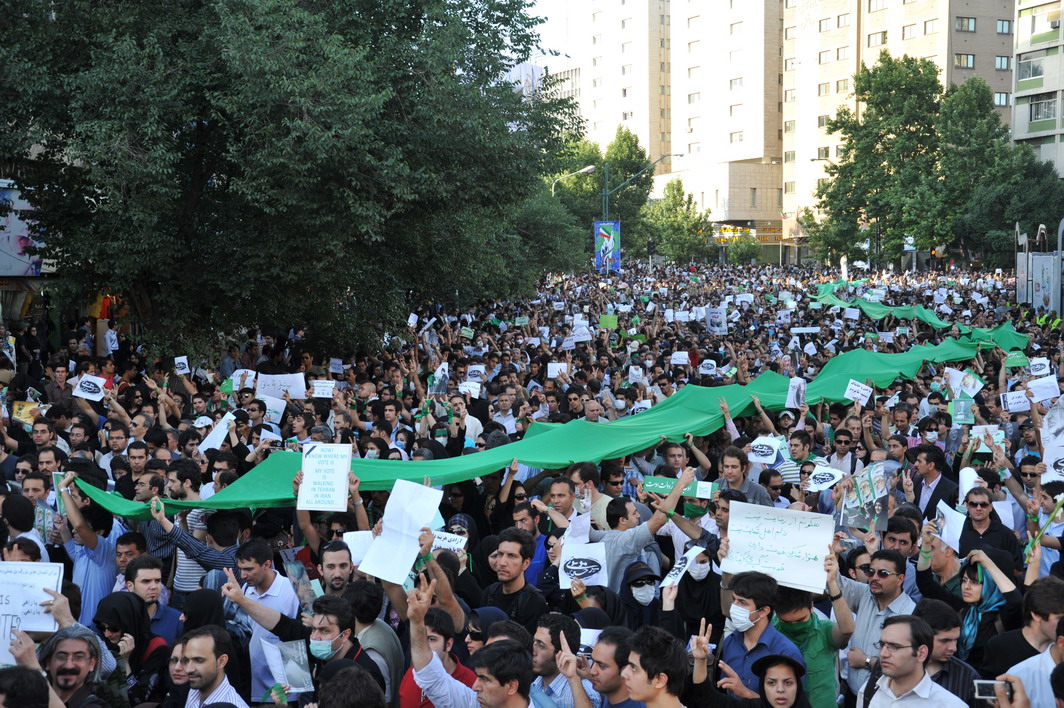BESA Center Perspectives Paper No. 1,357, November 27, 2019
EXECUTIVE SUMMARY: As soaring fuel prices spark widespread protests across Iran, many Iranians blame the regime for their continued economic plight.
On November 15, Iranians discovered to their horror that not only had fuel prices spiraled from 1,000 to 1,500 tomans per liter, but this price would be limited to the first 60 liters each month before shooting to 3,000 tomans a liter. This ordinance effectively restored the rationing policy of the Ahmadinejad years, abolished by the Rouhani government in 2015.
While Iranians have become accustomed over the past decades to rationing, in line with the country’s economic vicissitudes, they have been particularly sensitive to price fluctuations in the fuel market. Not only because of the attendant price hikes across a wide range of basic consumption commodities, but because they consider themselves entitled to enjoy the fruits of Iran’s natural resources. Many recall how subsidized refueling vouchers easily became a popular item in the black market and fear that the latest hike will accelerate runaway inflation. Above all, time after time ordinary Iranians discover that the regime’s expansionist foreign policy bears a high price tag that weighs heavily on their ability to subsist.
President Rouhani’s assurance that the new revenues would go only to the weak strata of the population and that the price hike did not stem from the US sanctions but from the desire to improve the lot of “60 million low-income people” failed to pacify the situation. The protests spread across Iran with a ferocity that surprised the regime, with demonstrators venting their rage against fuel stockpiles, gas stations, banks, and public buildings that were set ablaze by angry crowds.
The regime’s response was not long in coming and comprised the panoply of measures used to quash the bouts of civil unrest in 1999, 2009 and 2018. These included
- Deploying extensive police and Basij forces to deter protestors and detain their leaders, coupled with a media blackout and internet access blockage that prevented demonstrators from learning of times and places of protests and made it difficult for the international media to report on the events in real time.
- Charging “foreign elements” with orchestrating the protests – a common practice among Middle Eastern dictatorships to discredit opposition and divert domestic attention from failures.
- Using mass violence to disperse demonstrations, including live ammunition that killed over 115 protestors and wounded hundreds in some 100 cities (despite the regime’s efforts to conceal these facts).
- Organizing counterdemonstrations in support of the regime in general and the Supreme Leader in particular, with the aim of changing the depiction of the events and shifting the public’s mood by creating the impression that a large part of the population does not identify with the protesters.
According to the Iranian regime, it has succeeded in quelling the mass protest and detaining its leaders. True or not, repression alone will not solve the economic predicament stemming from declining oil revenues that account for 37% of the government’s budget. Moreover, the aggregate effects of the recent fuel price hike, such as the 20% rise in transportation prices, will be particularly hurtful to the impoverished parts of the population.
It is hardly surprising therefore that the soaring fuel prices have also sparked political recriminations. Rouhani’s opponents did not miss the opportunity to censure him and his policy and this time the president seems to be on the losing side as the Supreme Leader implicitly criticized the government’s functioning and its management of the fuel prices at the onset of the crisis (while calling the demonstrators “anarchists and hooligans” as it continued).
While the economic damage wrought by the protests is estimated at billions of dollars, their social damage is impossible to quantify. It is true that from the regime’s standpoint, the means it has developed to contend with social unrest have thus far been successful. Yet the commonality of interests between the Supreme Leader and the security establishment (especially the Islamic Revolutionary Guard Corp), which powerfully drives the Islamic Republic’s policies, continues to widen the schism between ordinary Iranians, reeling from the ongoing economic plight, and the regime, which is prepared to incur the heavy toll attending its dogged drive for regional hegemony.
Dr. Doron Itzhakov is a senior researcher at the Begin-Sadat Center for Strategic Studies of Bar-Ilan University and the author of the book Iran-Israel 1948-1963: Bilateral Relations at a Crossroads in a Changing Geopolitical Environment (Hebrew).


